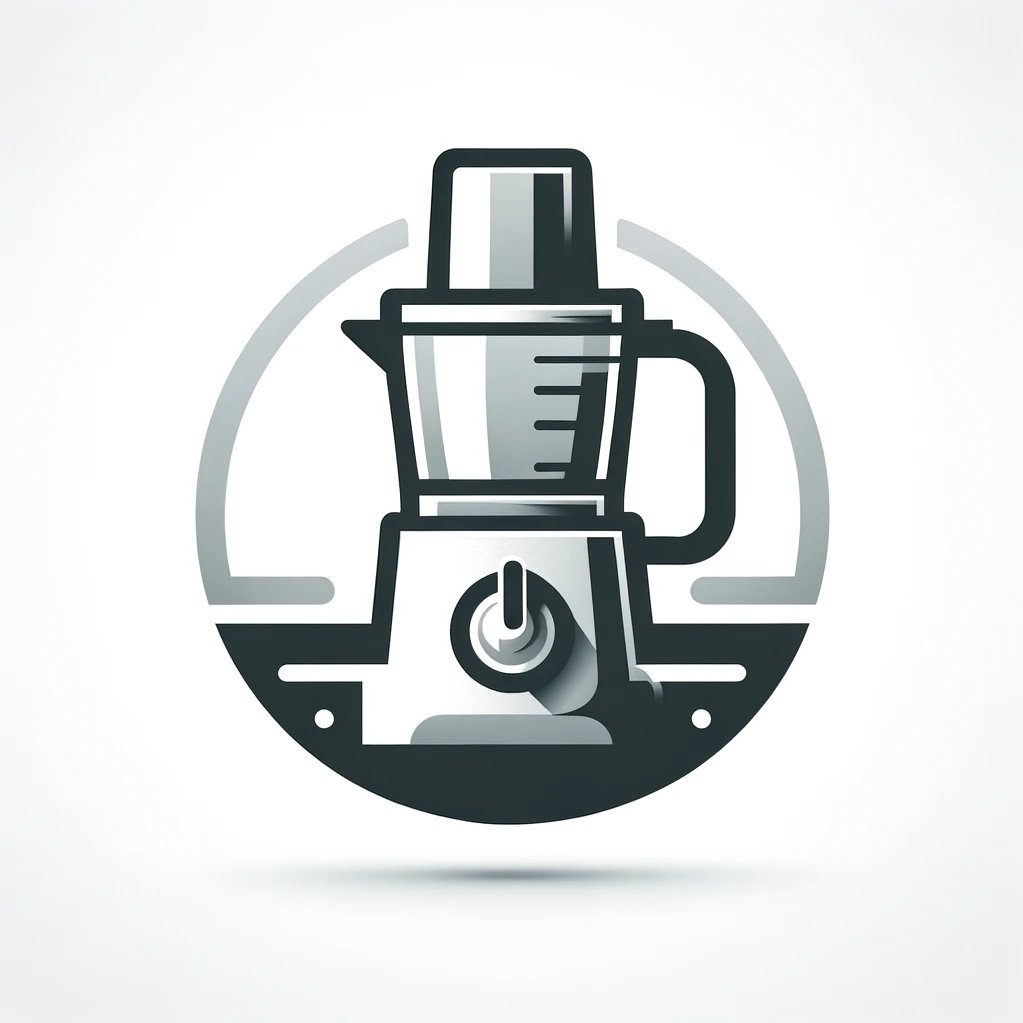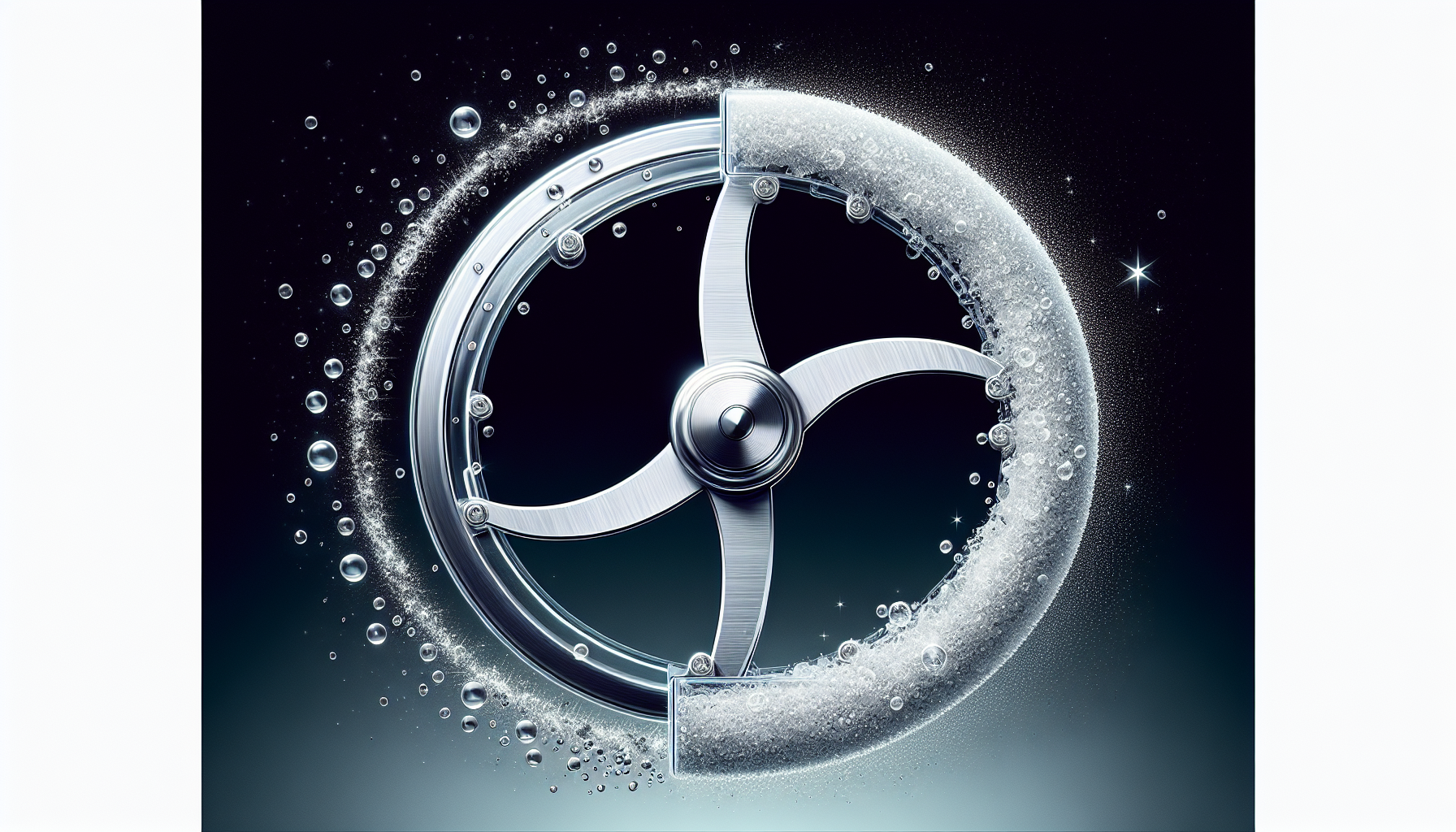Maintaining a clean and hygienic kitchen is essential, especially when it comes to your trusty food processor. But how often should you really be cleaning it? In this article, we will explore the recommended frequency for cleaning your food processor and why it is crucial for both the longevity of your appliance and the safety of your meals. So, let’s dive into the world of food processors and discover the answer to the often-overlooked question – how often should you clean a food processor?
How Often Should You Clean A Food Processor?
CHECK OUT FOOD PROCESSORS AND VEGETABLE CHOPPERS ON AMAZON
Importance of Cleaning a Food Processor
Cleaning a food processor is an essential task that should not be overlooked if you want to maintain the quality and functionality of this kitchen appliance. A food processor is designed to process various types of foods, and over time, residues from different ingredients can build up inside the machine. Failure to clean your food processor regularly can lead to the growth of bacteria, affect the taste and quality of your food, and even shorten the lifespan of the appliance. As such, it is crucial to understand how often you should clean your food processor to ensure optimal performance and food safety.
CHECK OUT FOOD PROCESSORS AND VEGETABLE CHOPPERS ON AMAZON
Factors to Consider When Deciding Cleaning Frequency
The frequency at which you should clean your food processor depends on various factors. These factors include how frequently you use it, the types of foods you process, and the ingredients used. If you use your food processor daily or regularly, it will require more frequent cleaning compared to those who use it occasionally. Similarly, if you frequently process sticky or oily ingredients, such as nuts or sauces, these residues can accumulate rapidly, requiring more frequent cleaning. It is essential to consider these factors to determine the appropriate cleaning routine for your specific needs.
Daily Cleaning Routine
To maintain proper cleanliness and prevent potential bacterial growth, it is recommended to clean your food processor after each use. Daily cleaning simply involves disassembling the removable parts, such as the blade, lid, and bowl, and washing them with warm soapy water. Focus on removing any food debris or residue that may have stuck to these parts during the processing. Rinse them thoroughly and allow them to air dry before reassembling the food processor. The main goal of daily cleaning is to remove immediate contaminants and keep your appliance ready for its next use.
Cleaning After Each Use
Cleaning your food processor after each use is crucial for maintaining its operational efficiency and preventing any lingering food smells or flavors. While daily cleaning removes visible debris, cleaning after each use goes beyond that to ensure you eliminate any leftover particles that may have adhered to the internal surfaces of the machine. Take extra care to clean the blade, the areas around it, and the bottom and sides of the bowl. These areas are most prone to collecting food particles and should be thoroughly cleaned to prevent bacterial growth.
Cleaning after Preparing Certain Foods
Certain foods leave behind strong odors or stains that require special attention when cleaning your food processor. Ingredients such as garlic, onions, or spices can leave lingering smells and flavors, even after regular cleaning. To tackle these lingering effects, you can run your food processor with a mixture of warm water and a few tablespoons of baking soda or lemon juice. Allow the mixture to process for a few minutes to help neutralize these unwanted odors. Afterward, rinse and clean the food processor as usual to remove any traces of the mixture.
Cleaning Monthly or Quarterly
In addition to daily and after-use cleaning, it is recommended to give your food processor a more thorough cleaning on a monthly or quarterly basis, depending on your usage. This deeper cleaning involves disassembling the entire food processor and washing all the parts more rigorously. Pay close attention to any hard-to-reach areas, such as crevices or grooves, where food particles may accumulate. You can also use a small brush or toothbrush to scrub these areas for a more effective clean. Giving your food processor this occasional deep cleaning helps remove any hidden buildup and ensures a longer lifespan for your appliance.
Deep Cleaning
While monthly or quarterly cleanings cover most of the surfaces and components, there are times when your food processor may require an even more intensive deep cleaning. If you notice stubborn stains or residues that do not come off with regular cleaning, it is time to roll up your sleeves and dive deeper. For tough stains, soaking the affected parts in warm soapy water or a mixture of vinegar and water can help loosen the debris. Gently scrubbing with a non-abrasive sponge or brush can further remove the remaining residues. Always refer to the manufacturer’s instructions for any specific cleaning recommendations for your particular food processor model.
Signs that Your Food Processor Needs Cleaning
Apart from following a regular cleaning routine, it is important to pay attention to certain signs that indicate your food processor needs cleaning. If you notice a lingering odor after using the appliance or if the foods you process are not tasting as fresh as they should, these are clear indications that cleaning is necessary. Other signs include visible food residue on the blades or in the bowl, a decrease in performance or unusual sounds during operation, or any noticeable discoloration or staining. Regularly inspecting your food processor for these signs will help you determine when it is time for a thorough cleaning.
Tips for Cleaning a Food Processor
To ensure effective and safe cleaning of your food processor, here are a few valuable tips to keep in mind:
- Always unplug the appliance before cleaning to prevent any accidents.
- Read the manufacturer’s instructions for specific cleaning recommendations and to identify parts that are dishwasher safe.
- Be cautious when handling the blades as they are sharp. Clean them separately and use a brush for any stubborn debris.
- Avoid using abrasive cleaners or harsh chemicals that can damage the plastic or metal surfaces of the food processor.
- Thoroughly dry all the parts before reassembling to prevent the growth of mold or mildew.
- Store the food processor in a clean and dry area to maintain its overall cleanliness and avoid dust or debris buildup.
Conclusion
Cleaning your food processor at the right frequency is essential for maintaining its performance, durability, and avoiding potential health risks. Daily cleaning after each use, occasional deep cleaning, and regular inspections for signs of needed cleaning are crucial steps in maintaining a clean and safe food processor. By following these cleaning tips and guidelines, you can ensure that your food processor continues to operate efficiently and deliver delicious results for years to come. Remember, a clean food processor is a happy and healthy food processor!

